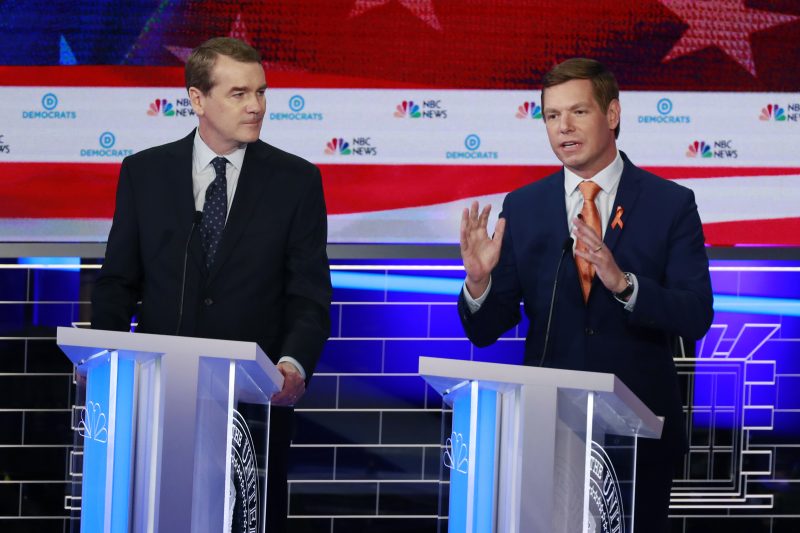As the political landscape continues to evolve, the Democratic Party faces a challenge in transitioning power to a new generation of leaders. While the need for fresh faces and progressive ideas is evident, the process of passing the torch to younger members has proven to be a stumbling block for the party.
One of the primary obstacles hindering the transition to younger leaders within the Democratic Party is the entrenched power structures that favor more senior members. Long-standing incumbents, who have built strong networks and garnered significant influence over the years, often resist relinquishing their positions to the next generation. This creates a bottleneck effect, where younger members find it difficult to ascend to positions of power and leadership within the party hierarchy.
Moreover, the reluctance of older Democrats to make way for younger leaders is compounded by a lack of clear succession planning within the party. Without a well-defined process for identifying and grooming rising stars, potential future leaders may struggle to gain the experience and exposure needed to effectively lead the party in the future. This lack of foresight and planning further contributes to the stagnation of leadership transitions within the Democratic Party.
Furthermore, generational divides within the party can also impede the smooth handover of power to younger leaders. While older members may be reluctant to embrace new ideas and approaches, younger members often feel marginalized and excluded from decision-making processes. This lack of intergenerational dialogue and collaboration can create friction within the party and hinder the development of a cohesive leadership transition strategy.
In order to overcome these challenges and facilitate a more seamless transition to younger leaders, the Democratic Party must prioritize mentorship and succession planning. By establishing mentorship programs that pair experienced members with up-and-coming leaders, the party can ensure that valuable knowledge and skills are passed down from one generation to the next. Additionally, implementing clear pathways for career advancement and leadership development can help younger members navigate the party hierarchy and prepare for future leadership roles.
Furthermore, fostering a culture of inclusivity and collaboration across generations is crucial for promoting unity and cohesion within the Democratic Party. By creating opportunities for meaningful dialogue and engagement between older and younger members, the party can harness the collective wisdom and energy of all its members to drive positive change and innovation. This inclusive approach will not only help bridge the generation gap within the party but also foster a sense of shared purpose and vision among members of all ages.
In conclusion, while the Democratic Party faces challenges in passing the torch to younger leaders, these obstacles can be overcome through proactive planning, mentorship, and a commitment to fostering intergenerational collaboration. By investing in the development of the next generation of leaders and creating a supportive environment for their growth, the party can ensure a smooth and successful transition to a more diverse and dynamic leadership team.
